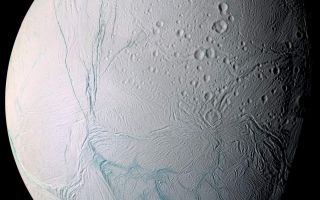
PIA06254: Zooming In On Enceladus (Mosaic)
|
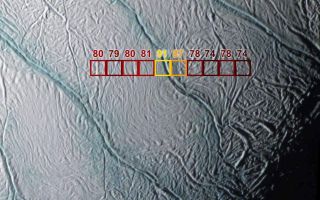
PIA06433: Warm Fractures on Enceladus
|
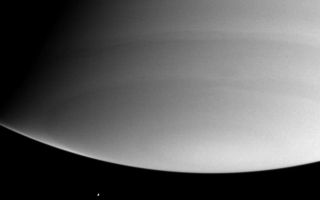
PIA06483: Ultraviolet Enceladus
|
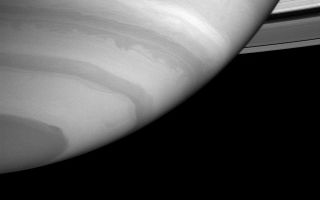
PIA06508: Atmosphere and Enceladus
|
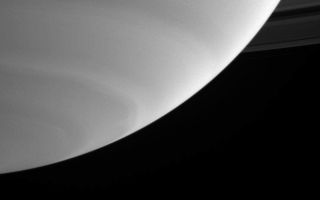
PIA06512: Enceladus in the Distance
|
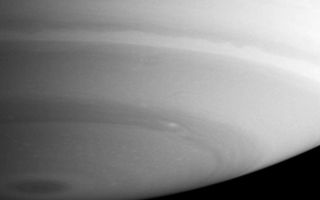
PIA06530: Ominous Giant
|
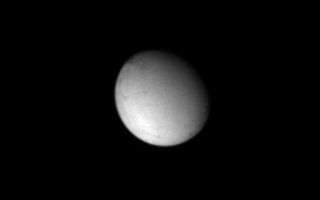
PIA06531: Intriguing Enceladus
|
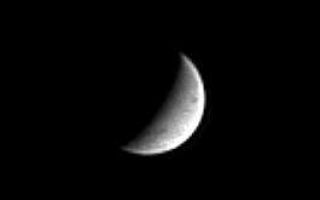
PIA06547: Saturn's Snowball
|
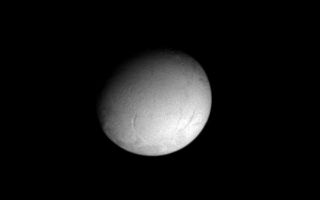
PIA06566: Zooming In on Enceladus
|
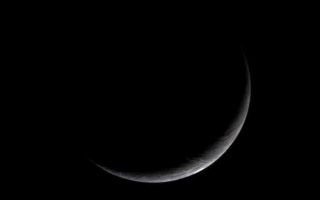
PIA06579: Bright Moon in Darkness
|
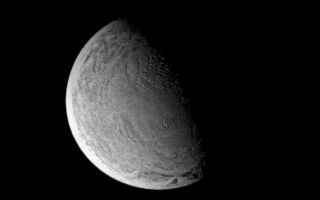
PIA06581: Wrinkles of Youth?
|
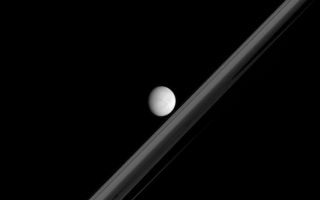
PIA06628: Sideways Shadow
|

PIA06651: Pencil-thin Rings
|

PIA06653: Bright Ice, Dirty Ice
|
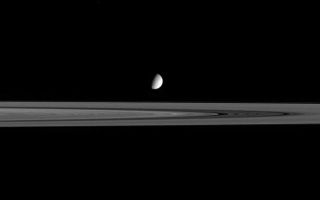
PIA07619: Iceball Among Snowballs
|
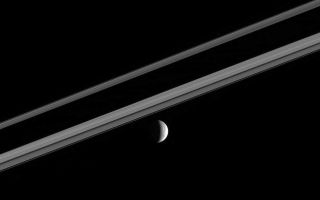
PIA07641: Wrinkled Crescent
|
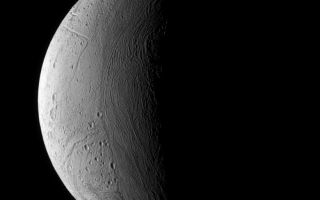
PIA07694: Youthful Enceladus
|
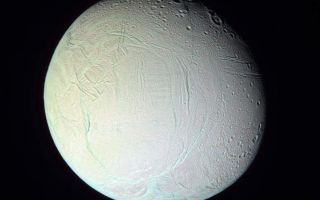
PIA07708: Fresh Features on Enceladus (False color)
|
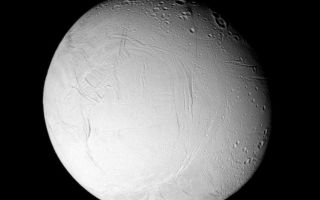
PIA07709: Fresh Features on Enceladus (Monochrome)
|
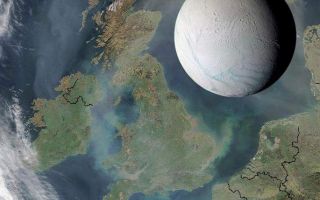
PIA07724: Enceladus to Scale
|
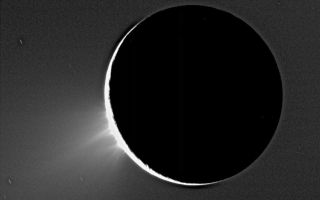
PIA07758: Fountains of Enceladus
|
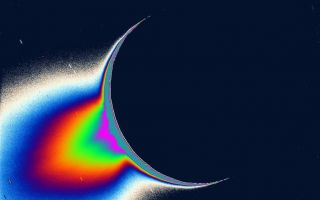
PIA07759: Fountains of Enceladus - Image #2
|
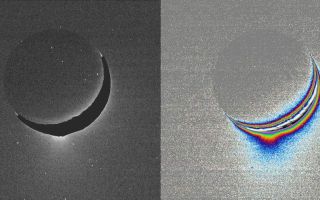
PIA07760: Spray Above Enceladus
|
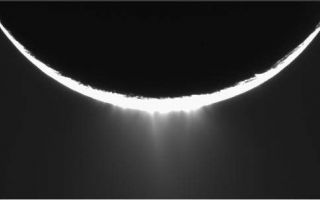
PIA07762: Enceladus Plume Movie
|
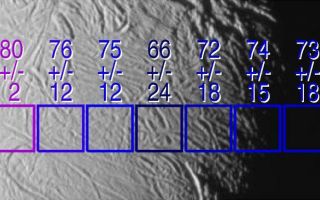
PIA07793: Searching for Warmth
|
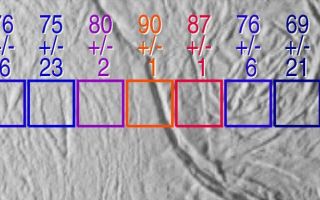
PIA07794: Searching for Warmth
|
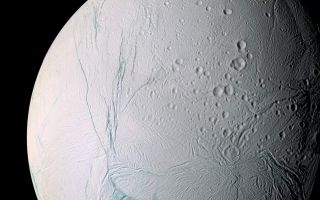
PIA07800: Enceladus the Storyteller
|
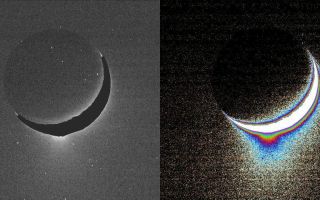
PIA07801: Spray Above Enceladus II
|
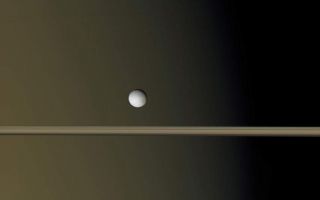
PIA08128: A Pearl at Dusk
|
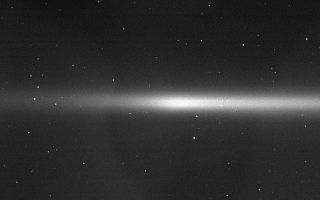
PIA08163: The Enceladus Ring
|